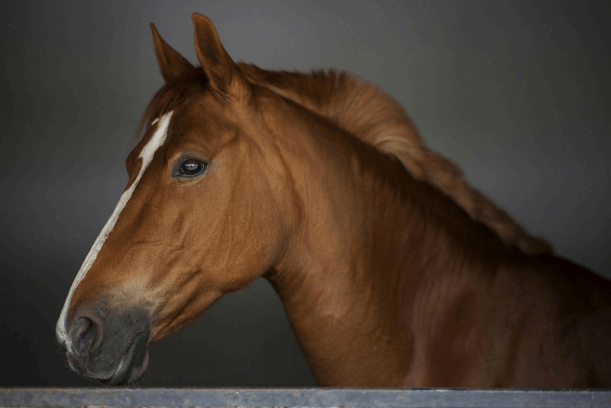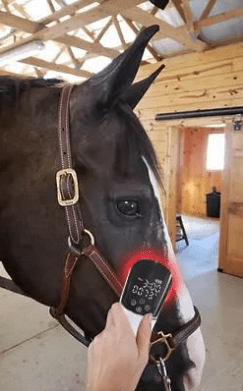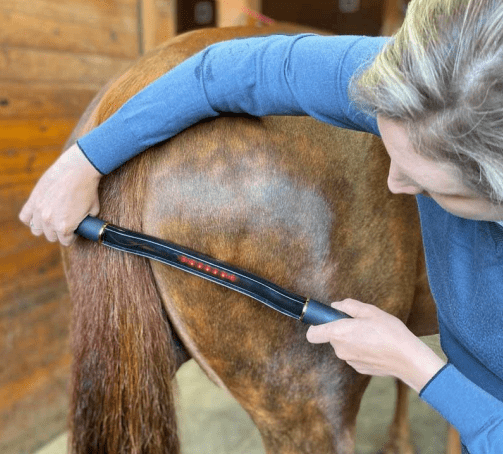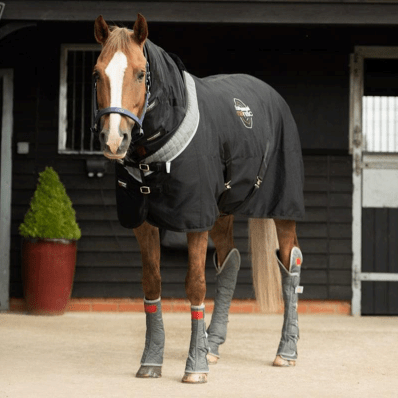
The relationship between a horse and their owner is built on trust, care, and mutual respect. Just as we prioritize personalized care for ourselves, our equine companions also benefit immensely from customized therapeutic routines. Tailoring a routine to meet your horse’s unique needs can significantly improve their overall health, performance, and emotional well-being. In this guide, we’ll walk you through the essential steps to creating a comprehensive therapeutic routine that ensures your horse stays in peak condition.
Assessing Your Horse’s Needs
Identifying Specific Health Concerns
Before you can develop a therapeutic routine, it’s crucial to understand your horse’s specific health concerns. Look for signs of physical discomfort, such as limping, stiffness, or unusual behavior. Mental well-being is equally important; watch for anxiety, restlessness, or changes in temperament that might indicate stress or discomfort.
Veterinary Consultation
Consulting with a veterinarian is a vital step in the process. A professional can provide insights into underlying issues and recommend appropriate treatments. Regular check-ups can also help in early detection of potential health problems.
Incorporating Light Therapy
Benefits of Light Therapy
Light therapy is a powerful tool used to alleviate pain, reduce inflammation, and promote healing by stimulating cellular activity. It’s particularly beneficial for horses recovering from injuries or experiencing chronic pain.

Using the StarLight-Plus Device
The StarLight-Plus is an advanced device designed to deliver focused light therapy. Incorporate it into your horse’s routine by following these steps:
- Preparation: Ensure the area where the therapy will be applied is clean.
- Application: Move the device over the targeted areas as per the manufacturer’s instructions.
- Duration and Frequency: For optimal results, start with short sessions (10-15 minutes) and gradually increase as your horse becomes accustomed to the
treatment.
Scheduling Therapy Sessions
Consistency is key. Aim to incorporate light therapy sessions 3-4 times a week, adjusting based on your horse’s response and specific needs.
Massage and Muscle Relaxation Techniques
Introduction to Massage for Horses
Regular massage promotes relaxation, improves circulation, and aids muscle recovery. It’s a therapeutic practice that can significantly enhance your horse’s physical and mental well-being.
Using the Wellness Wand

The Wellness Wand is an excellent tool for delivering effective massages. Here’s how to use it:
- Warm-Up: Start with gentle strokes to warm up the muscles.
- Focused Massage: Apply steady pressure on tense areas, moving in circular motions.
- Cool-Down: Finish with light strokes to relax the muscles.
DIY Massage Tips
Between professional sessions, you can perform simple massage techniques at home:
● Effleurage: Use long, gliding strokes to warm up your horse’s muscles.
● Petrissage: Knead and lift the muscle tissue to release tension.
● Tapotement: Gentle tapping to stimulate and invigorate the muscle fibers.

Utilizing Magnetic Therapy
Magnetic therapy works by improving blood circulation, reducing inflammation, and promoting the healing process. It’s highly effective for managing joint pain and muscle soreness.
Equilibrium Therapy® Magnetic Rug
The Equilibrium Therapy® Magnetic Rug is designed to
offer consistent magnetic therapy. Here’s how to use it:
- Fitting: Ensure the rug fits snugly but comfortably on your horse.
- Duration: Start with short sessions (30 minutes) and gradually extend to 1-2 hours.
- Frequency: Use the rug daily or as recommended by your veterinarian.
Combining with Other Therapies
Magnetic therapy works synergistically with other treatments like light therapy and massage. Combining these therapies can enhance overall effectiveness and provide comprehensive care.
Mindful Horsemanship and Groundwork
The Role of Groundwork in Therapy
Groundwork exercises are foundational in building trust and communication between you and your horse. It’s an integral part of any therapeutic routine, fostering mental and emotional balance.
Exercises to Include
Incorporate the following groundwork exercises into your routine:
● Leading: Practice leading your horse at different paces.
● Backing Up: Encourage your horse to back up on command.
● Circle Work: Use circles to help your horse develop balance and coordination.
For a detailed guide, visit our post Mindful Horsemanship: A Guide to Groundwork Exercises.
Creating a Balanced Schedule
Daily, Weekly, and Monthly Routines
Structure your horse’s therapeutic routine to include a balanced mix of daily, weekly, and monthly activities. Here’s a sample schedule:
- Daily: Basic groundwork, light stretching, and short massage sessions.
- Weekly: Light therapy, extended massage sessions, and magnetic therapy.
- Monthly: Comprehensive veterinary check-ups and adjustments to the routine as needed.
Monitoring Progress
Track your horse’s progress by maintaining a journal of their responses to various therapies. Make adjustments based on their feedback and any professional recommendations.
Holistic Approach
Consistency is crucial. A holistic approach that combines multiple therapies will provide the best results for your horse’s overall well-being.
Conclusion
Creating a custom therapeutic routine for your horse is a rewarding journey that promotes their health, performance, and happiness. Regular reassessment and adjustments based on evolving needs ensure your horse receives the best care possible. Explore the range of innovative products from Starrider Equestrian to enhance your horse’s therapeutic routine and support their well-being.
Start building your horse’s custom therapeutic routine today – because a happy horse is a healthy horse.

